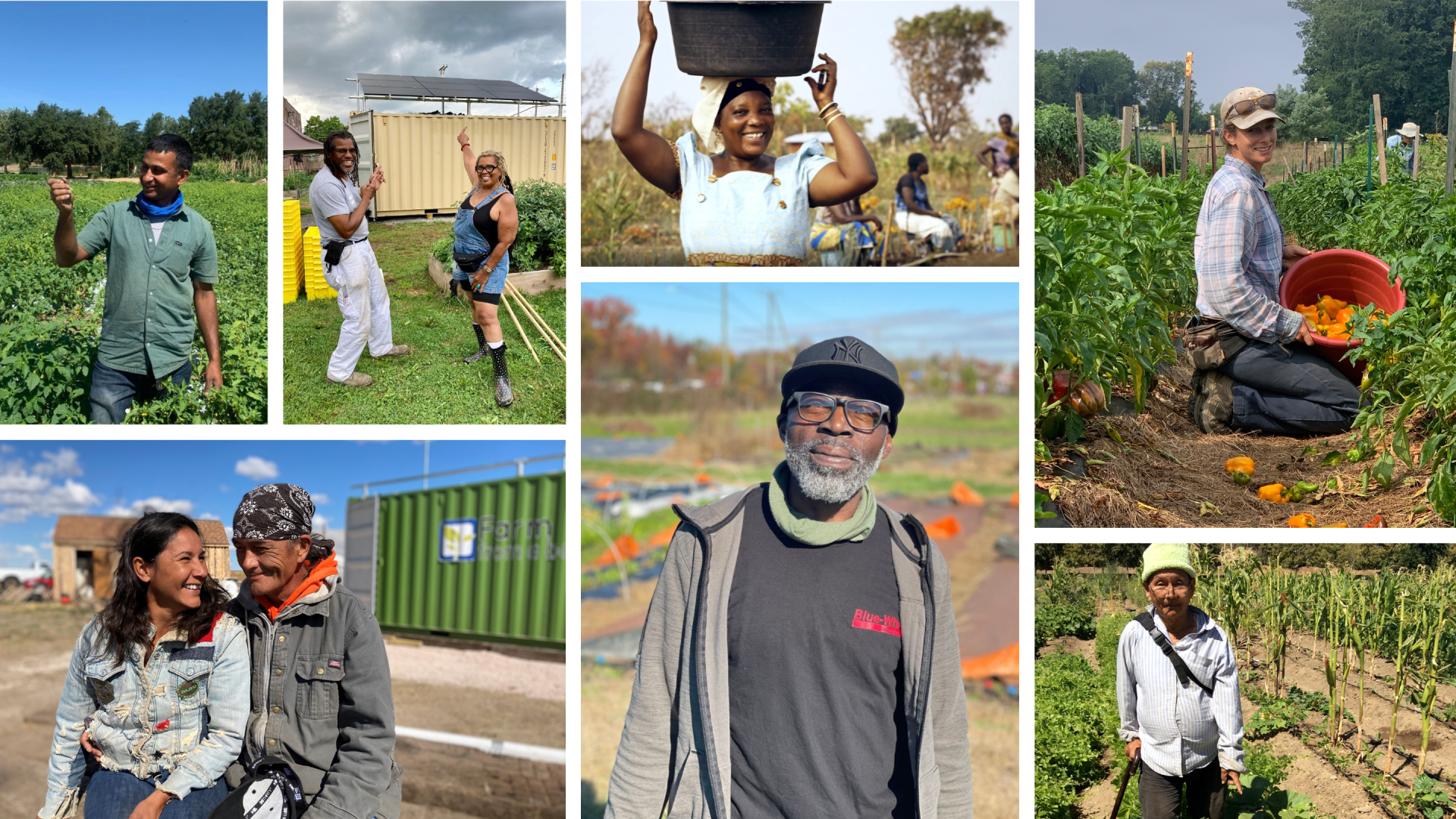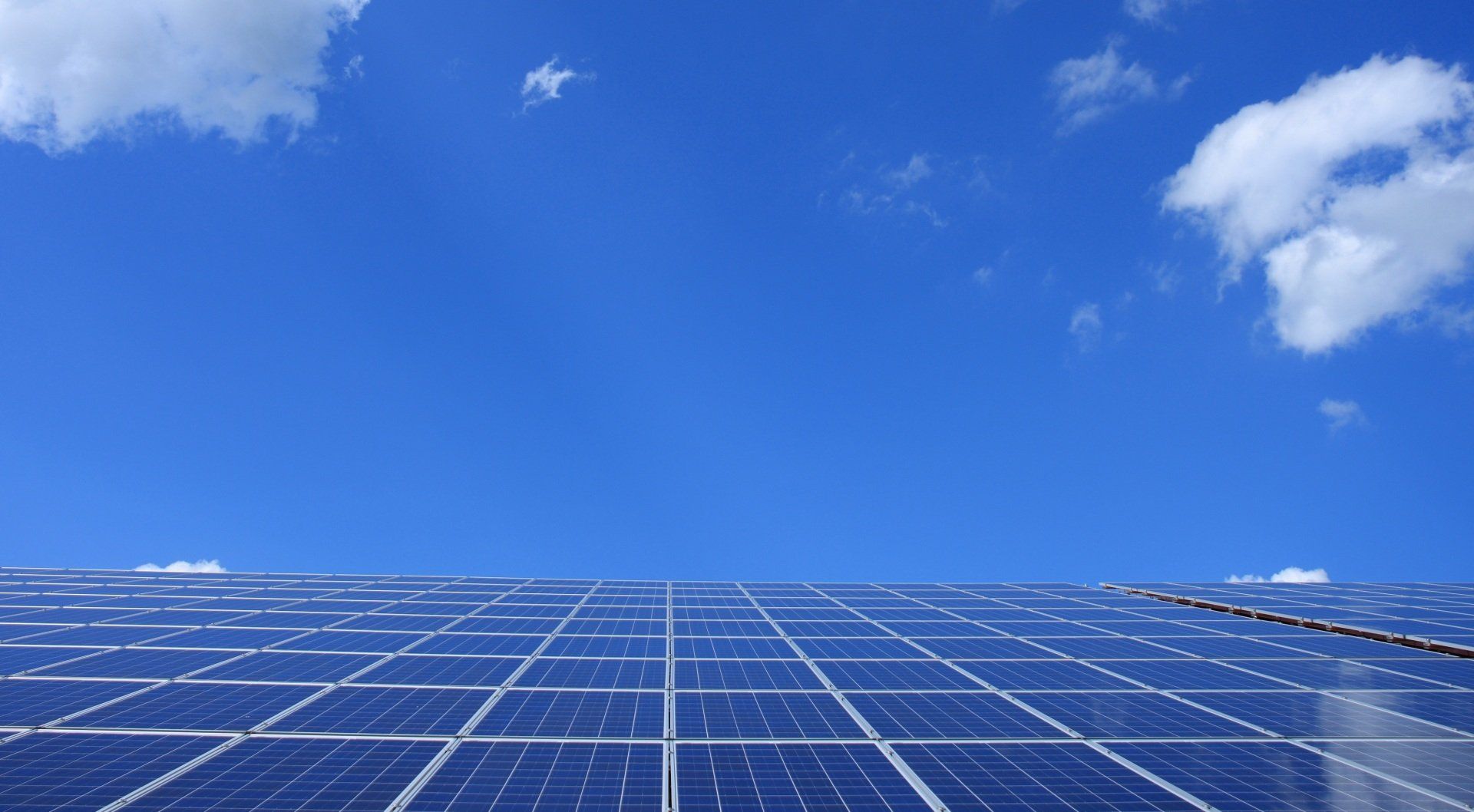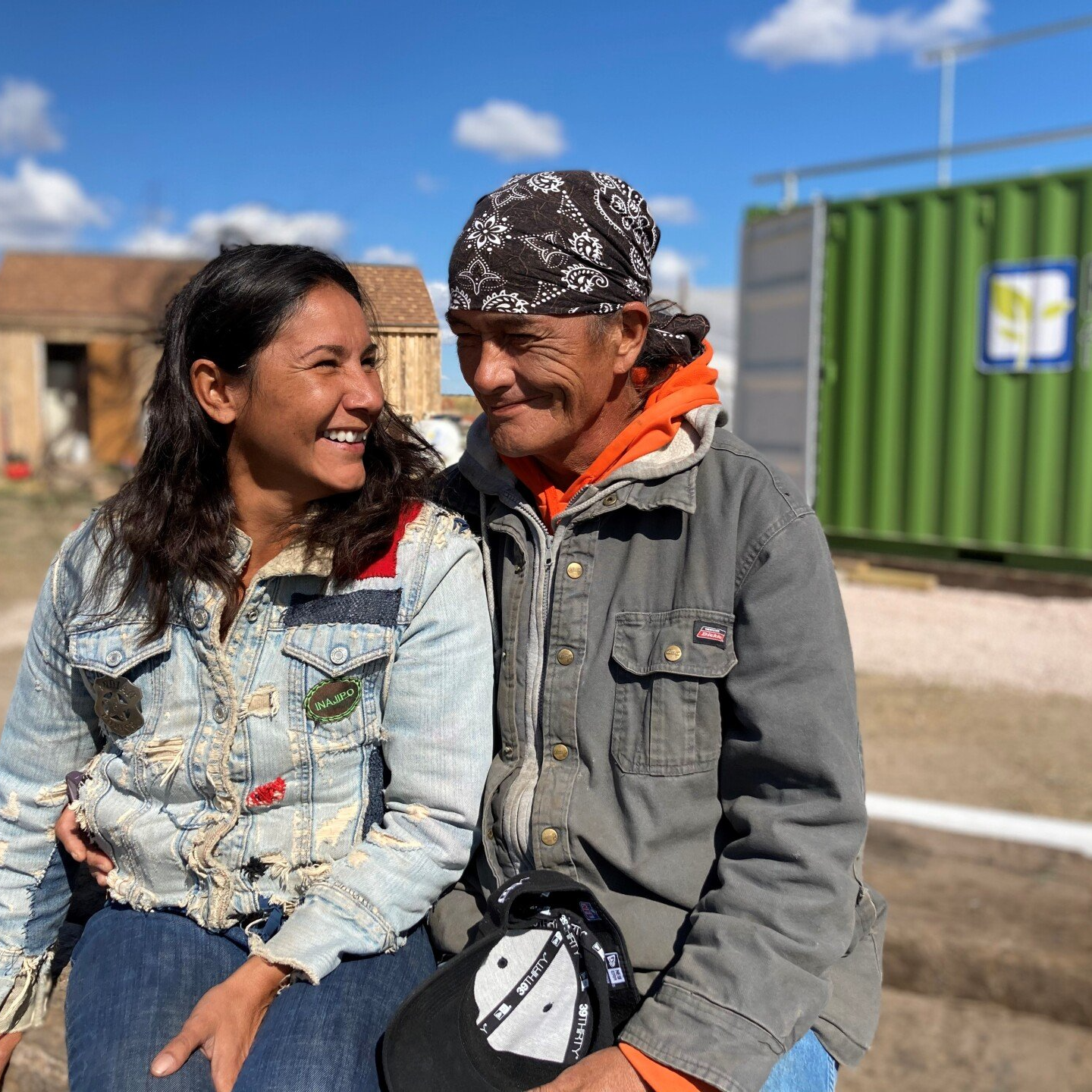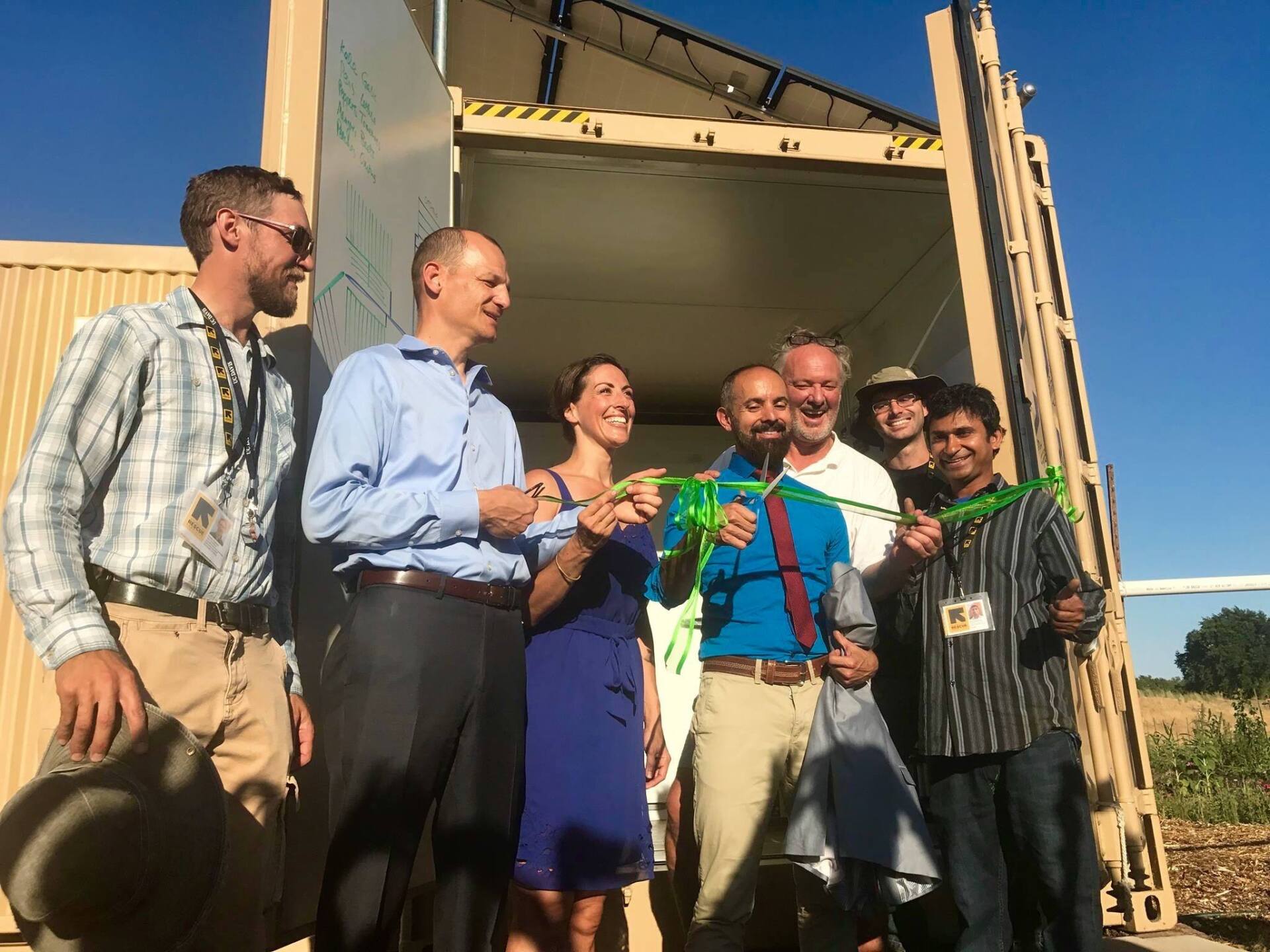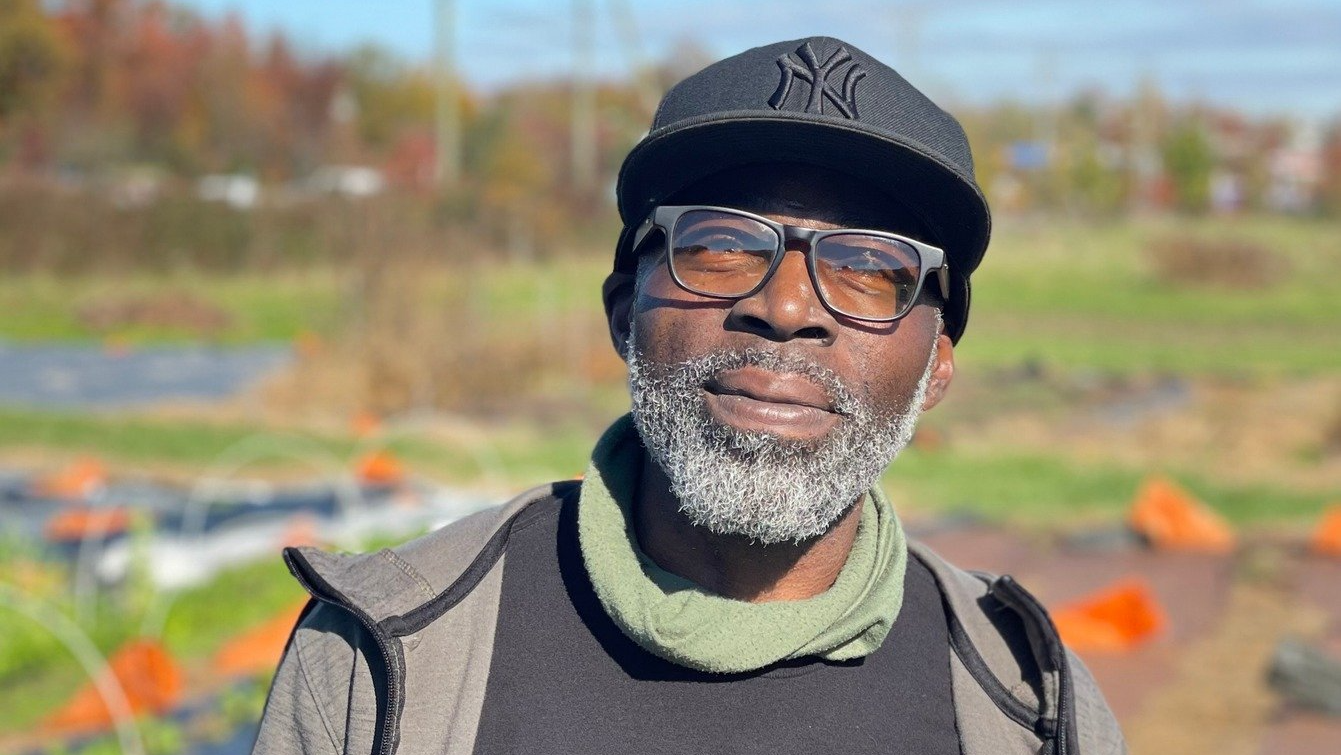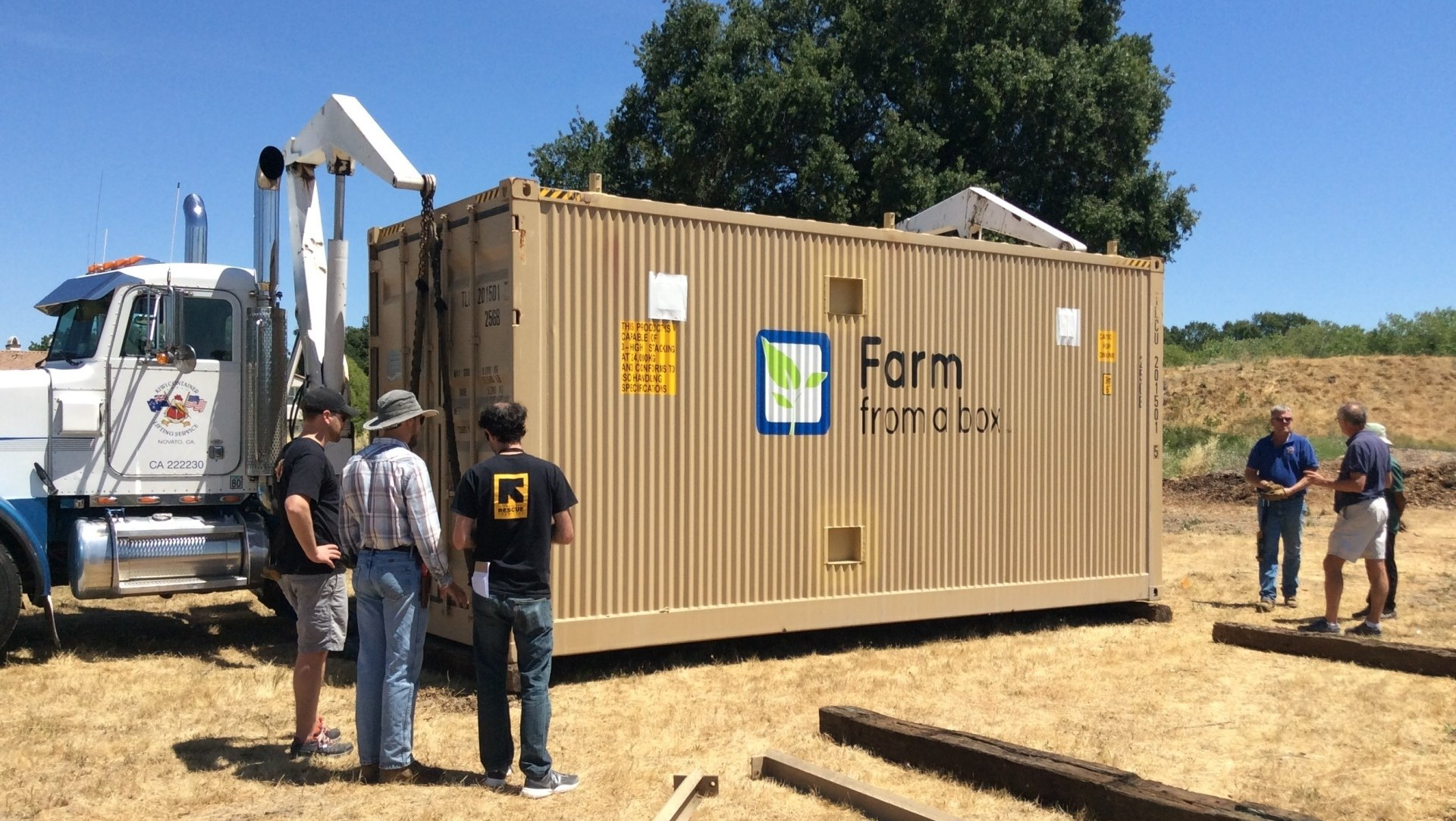Why We Created the Swiss Army Knife of Farming
This blog was written by our Founding Partner, Brandi DeCarli, and originally published the World Food Programme's blog.
We live in an age of rapid technological advancements. A day doesn’t go by without headlines about self-driving cars, new uses of digital currency, and lab-grown meat. Such innovations have the ability to not only transform our daily lives, but disrupt entire industries. They also have the ability to address some of the world’s toughest problems. With a changing climate, resource constraints and people still going hungry every day, we must work to crack open traditional silos and form creative collaborations that provide access to technology to those who need it most.
Several years ago, my business partner and I were building a Youth Empowerment Center in Kenya using modified shipping containers around a soccer field to provide basic resources for education, health, and sport. But accessing fresh, nutritious food was a problem. Then it occurred to us - what if we could use a shipping container to provide the tools to start a farm and grow food right there? An all-in-one kit ... a "farm-in-a-box."
We spoke with some of the brightest minds in the field of agriculture, biodiversity and sustainable energy, as well as farmers, government officials, and humanitarian agencies. Their answer? Provide the infrastructure to incentivize sustainable and stable crop growth and the training to do it better. So that's what we set out to build.
Fast forward to present day, Farm from a Box has developed into a complete, off-grid toolkit for localized food production. Built from a modified shipping container, it comes equipped with all of the core components needed to start and maintain a 2-acre farm. Designed as the “Swiss-Army knife” of farming, this mobile infrastructure can be configured in different ways to respond to the local growing conditions.

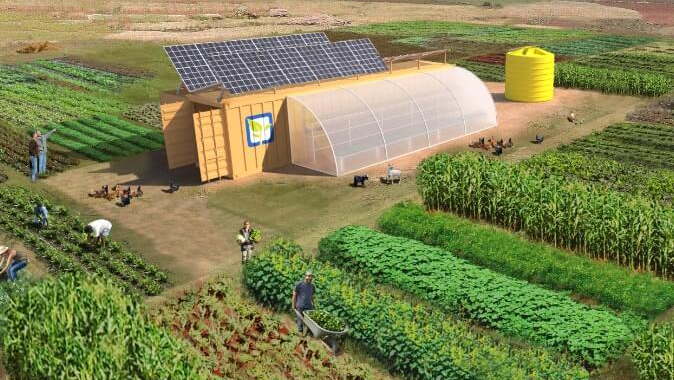
Testing the Ground in Tanzania
As a host country to refugees who have fled violence in the Democratic Republic of Congo, Burundi and Rwanda, Tanzania plays a key role in the support of vulnerable populations. One of its three refugee camps, Nyarugusu, in Kigoma region, is the third largest in the world currently hosting over 250,000 refugees and asylum seekers. With both refugee and host communities impacted by poverty and food insecurity, there is an opportunity to bridge the divide and serve both collectively. This is where Farm from a Box comes in.
We have teamed up with WFP Tanzania and WFP’s Innovation Accelerator to support food and nutrition security for refugee and host communities. Using a modified version of the Farm from a Box system, this turnkey container unit will be used to increase the availability of nutritious crops, provide low cost agricultural commodities and, through increased production, boost the income levels for both refugees and the surrounding host communities.
With a high dependency on rain-fed agriculture, too often the growing season is limited. By introducing micro-irrigation we can extend the growing season and better support different kinds of crops throughout the year, while mitigating potentially dangerous “water walks”. The off-grid power array and storage will provide reliable energy source to power the pump, move the water through the irrigation lines, cool the internal cold storage area, and support the charging of auxiliary needs. Because we have integrated sensors on all of the primary systems, we can monitor the performance of the system, and also set alerts for when a component dips below or exceeds certain levels. For example, if there is a problem with the battery storage, or the pump, we will all have access to a web-based platform that will send out an alert.

Bridging the Access Gap
Farm from a Box isn’t just about food production. It gives people the ability to be agents of their own well-being. This tool works to bridge the “access” gap by providing appropriate technologies and training that can help build the resilience of communities, increase and stabilize their farm productivity while stimulating economic growth. AWi-Fi installation will also turn the project into a connectivity hub, enabling the surrounding community to connect online and have better access to information, including weather alerts for farmers, agri-tips and business management skills.
These independent solutions collectively lead to the most important potential outcomes, peaceful coexistence and unified prosperity. Too often we look at a specific challenge and work to address that individual problem while ignoring the unintended peripheral impacts. For refugees that have been forced to flee their homes, establishing a more peaceful home from which to rebuild their lives is key. For a surrounding community that is already struggling with poverty and hunger, tensions can mount if “outsiders” are viewed as receiving support that they themselves cannot get access to. By developing a solution that can economically benefit all through shared production, processing and trade, we can increase the social cohesion within the entire community.
The more we can localize the solution the more we can strengthen the community for the long run. That is why we have also set up local in-country manufacturing and assembly of the Farm from a Box units. Rather than shipping the container overseas, we want to contribute directly to local jobs and economic development. By sourcing as many components as possible from local providers, it will also help ease access to replacement parts and any ongoing maintenance.
We cannot push to increase economic prosperity, or intensify food production, or press for technological breakthroughs without taking into the consideration the impact on the collective whole. Nor can we turn a blind eye to our fellow humans that are in dire need of support. Working together and leveraging every possible solution we can to address our global problems is the only way we can truly eradicate hunger and poverty in our lifetimes.



